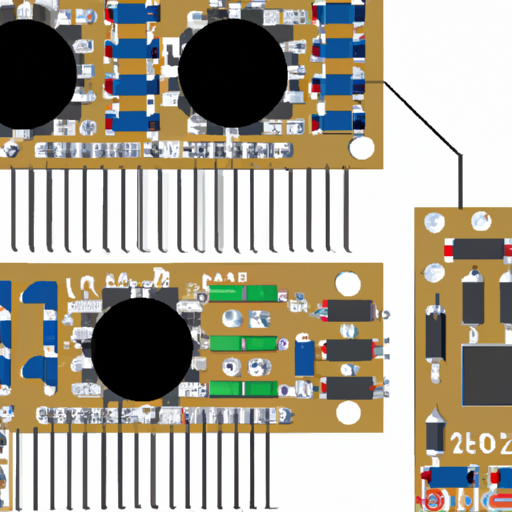Application Development in Through-Hole Resistors for CFR-50JB-52-1M: Key Technologies and Success Stories
Through-hole resistors, such as the CFR-50JB-52-1M, are integral components in electronic circuits, known for their reliability, stability, and ease of handling during assembly. This overview highlights the key technologies that enhance their performance and some notable success stories showcasing their application across various industries.
Key Technologies
| 1. Material Science | |
| 2. Manufacturing Techniques | |
| 3. Thermal Management | |
| 4. Design Innovations | |
| 5. Simulation and Modeling | |
| 1. Consumer Electronics | |
| 2. Industrial Applications | |
| 3. Automotive Electronics | |
| 4. Medical Devices | |
| 5. Telecommunications |
Success Stories
Conclusion
Through-hole resistors like the CFR-50JB-52-1M are vital components across diverse applications in multiple industries. Their reliability, ease of use, and adaptability to various circuit designs make them indispensable in electronic development. As technology continues to evolve, the role of through-hole resistors in innovative applications is expected to expand, driven by advancements in materials, manufacturing processes, and design methodologies. The ongoing integration of these resistors into cutting-edge technologies will further solidify their importance in the electronics landscape.






